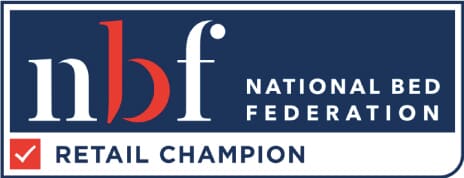Snooze News
All the latest advice from our very own sleep experts. Explore the latest trends, tips and tricks on how to get the best night’s sleep possible. From educational articles, interesting facts and helpful advice, it’s all here.
Obsessed with tracking your sleep? Understand the impact of orthosomnia.
When should you get your winter duvet back out? Our data explains.
Stats show that sleep disorders are rising across the UK. Here's how to handle them.
Determine if your little one is getting enough sleep, especially out of term-time!
Where in the world is getting the most beauty sleep? We found out!
Discover the best way to optimise your sleep schedule as a student!
You might want to rethink taking your phone to bed with you tonight...
Is your city the biggest coffee lover in the world? Plus, discover how caffeine impacts sleep.
Preparing for a newborn? Here's how to master getting enough sleep as a new parent.
We've uncovered the top US and EU cities for a sleep holiday!

